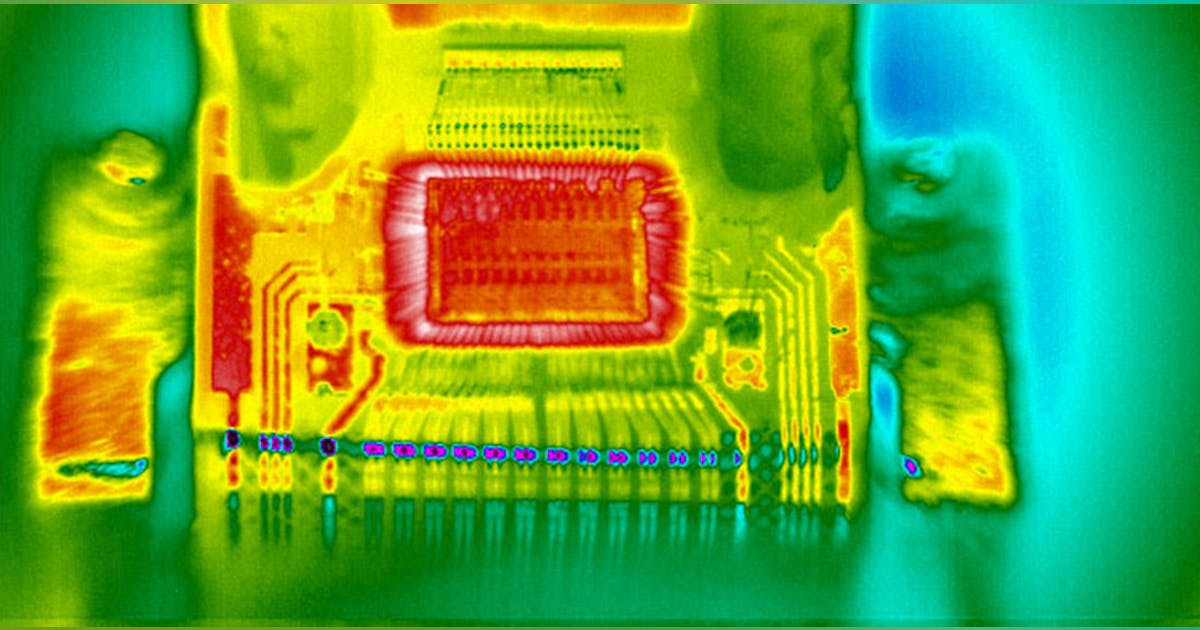DIY is great if someone is capable of completing the work required.
Most of the time homeowners or non professionals are not skilled enough in the construction trades to install a safe and reliable system on thier own. It is to their advantage to hire a contractor.
Contractors need to pay their workers, provide insurance, and have many other expenses that a DIY would not have, increasing the cost of the install.
Maybe you should go out and volunteer your services to install solar for other people in your area to help the solar industry thrive!
Most of the time homeowners or non professionals are not skilled enough in the construction trades to install a safe and reliable system on thier own. It is to their advantage to hire a contractor.
Contractors need to pay their workers, provide insurance, and have many other expenses that a DIY would not have, increasing the cost of the install.
Maybe you should go out and volunteer your services to install solar for other people in your area to help the solar industry thrive!


Comment